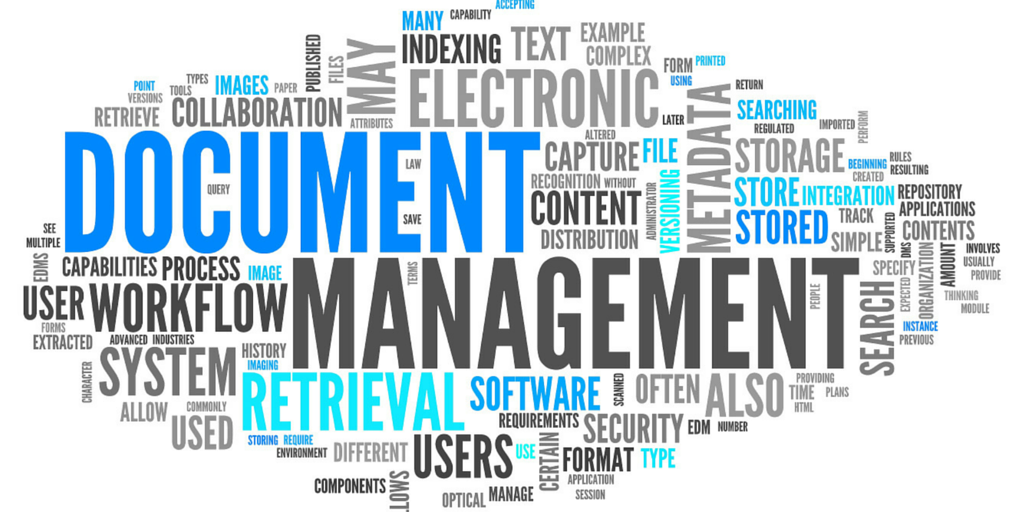Automate Your Lead Database and Streamline Sales Efficiency
Managing your leads effectively is crucial for the success of any business. Automating your lead database streamlines the process, significantly reducing the time and effort required to convert potential leads into loyal customers.
By implementing automation strategies, you can ensure that lead generation becomes a seamless part of your sales process.
Automation can help you swiftly capture leads from various sources, score them according to their engagement and potential, and nurture them through targeted communication until they are sales-ready.

Photo by fauxels on Pexels
The process begins with setting up systems that integrate with your existing tools, such as CRM platforms, social media channels, and email marketing software. With the right automation in place, actions like capturing information from contact forms, segmenting leads based on their engagement or demography, and triggering personalized emails can all be performed without manual intervention. This not only increases efficiency but also improves lead quality and accelerates the sales cycle.
Building Your Lead Generation Foundation
Initiating your journey in automating lead databases begins with a solid foundation in lead generation. You must emphasize quality data to effectively nurture leads through the sales funnel. Here’s a focused approach to ensure your groundwork is robust:
1. Understanding Your Potential Customers:
Segmentation: Classify leads based on demographics, behaviors, and needs.
Content: Tailor content that resonates with each segment to foster engagement.
2. Crafting a Lead Management Strategy:
Automation Tools: Employ tools for efficient lead capture and management.
Lead Nurturing: Develop a sequence of automated actions to build relationships.
3. Ensuring Data Quality:
Regularly cleanse and update your database to remove duplicates and obsolete information.
When setting up your lead generation strategy, make certain that every piece of content on your website aligns with your ideal customer profile (ICP). This precision will pay dividends as you attract and retain more qualified potential customers.
Remember, the essence of building a lead database is not just to accumulate contacts but to foster an environment where lead nurturing flourishes. Your strategic approach should ensure a continual influx of potential customers ready for engagement and conversion.
Lead Acquisition and Automation Tools

To competently handle an influx of potential clients, leveraging the right automation tools streamlines the process of capturing and managing leads. These tools facilitate efficient lead acquisition through various digital channels and optimize the handling of your lead database. Utilizing an outreach sales tool can significantly enhance your lead generation efforts by automating personalized communication and follow-ups, ensuring a higher engagement rate and better conversion outcomes.
Landing Pages and Forms
Landing Pages are indispensable in converting visitors to leads. Your website should incorporate forms that are simple yet effective, capturing the necessary contact details such as email addresses. Utilize platforms that offer custom landing page creation, like Unbounce or Leadpages, which integrate smoothly with other automation tools.
Forms should seamlessly feed data into your CRM or lead database, reducing the manual entry of information. Utilizing reliable services will allow for the creation of responsive forms that can be embedded directly into landing pages.
Email Campaign Tools
Email campaigns are a pivotal component of lead nurturing. With email marketing tools, you can automate your email outreach, personalize content based on user behavior, and segment your leads according to their interests and interactions. This targeted approach ensures relevant content reaches the right individuals, enhancing the potential for conversion.

By taking advantage of these specific automation tools and platforms, you're able to capture and nurture leads efficiently, ensuring none slip through the cracks and your database remains robust and valuable.
Lead Document Management and CRM Integration
Integrating lead document management with your CRM system streamlines your sales pipeline by automating workflows and ensuring data accuracy. Converting lead-related documents to PDF can simplify sharing and preserve the formatting of important information.
With a CRM, you dramatically reduce manual data entry, cutting down on errors and boosting productivity. By automating lead-tracking, your CRM becomes an invaluable asset for maintaining up-to-date customer profiles and a well-managed lead database.

Consider how converting files to PDF can ease document management and sharing within your CRM. This process is made straightforward with tools designed for Office to PDF conversion, which assist in the seamless integration of various document types into your CRM.
By ensuring that lead data is consistently formatted and readily accessible within your CRM, you equip your sales team with the tools necessary for swift follow-up actions and personalized customer interactions. The cost-effectiveness of automated systems allows you to allocate resources where they're needed most, instead of spending them on manual document handling or data entry tasks.
Lead Qualification and Conversion Optimization
Optimizing your lead qualification process can significantly improve the efficiency of your sales funnel, enhancing lead quality and increasing conversion rates. By implementing a robust lead scoring system and personalization strategies, you can ensure that your sales team focuses on the most promising leads.
Scoring and Segmenting Leads
Lead scoring is essential to evaluate the potential of each lead. By assigning numeric values based on their behavior and engagement, you differentiate high-quality leads from those less likely to convert.
Make use of predictive lead scoring models to automate this process, incorporating both demographic and behavioral data to score leads more accurately. With proper segmentation, leads are categorized into groups for tailored ad campaigns and follow-ups, which supports both lead upsell and cross-sell opportunities.
Personalization and Communication
Personalizing your communication is crucial for higher conversion rates. Use collected data to customize messages across various channels, making the leads feel valued and understood. Tools like chatbots can provide immediate, personalized interaction, guiding leads through your sales funnel with tailored information and support.
Tracking and Monitoring
To ensure your lead qualification and conversion efforts are effective, monitoring and tracking are imperative. Use analytics to follow lead progress and determine which methods are yielding the best results. Regularly performing A/B testing can fine-tune both your lead qualification criteria and personalization tactics for optimization. By monitoring performance, you can adjust your strategies in real-time for consistently better outcomes.
Scaling Through Automation and Analysis
When you automate your lead database, you unleash the potential for scalability in your business. Automation tools aid in managing both inbound and outbound lead generation, streamlining the process from initial contact to qualified lead. By implementing lead generation automation software, you effectively segment leads and ensure they're followed up with precision, which greatly saves time and increases efficiency.

1. Automation: It orchestrates various touchpoints without manual intervention, handling tasks like data entry and lead routing.
2. Efficiency: Processes are accelerated, eliminating redundancies and freeing your team to focus on higher-value activities.
3. Growth: By analyzing key performance indicators (KPIs), make data-driven decisions that fuel business growth.
4. Scalability: No-code automation enables your business to expand capabilities without complex programming skills.
Remember, each piece of data you gather is an opportunity for analysis. Whether it's tracking email open rates or monitoring web page visits, these metrics inform your strategy and direct efficiency efforts. With automation, you can scale your operations while maintaining a personal touch, proving that technology and personalization are not mutually exclusive in the realm of lead management.

Photo by UX Indonesia on Unsplash
Conclusion
When you automate your lead database, you invest in the efficiency and scalability of your business's sales process. With automation, you're not just keeping up with trends; you're laying the groundwork for a competitive advantage that can differentiate your business in the marketplace. Personalization and timely interactions become the norm, not the exception, as these strategies contribute to a sophisticated and effective sales cycle.
With systems in place for nurturing leads, your outreach is not only quicker but also more relevant to each potential customer. This strategic approach directly impacts your bottom line, encouraging growth and enabling scale.
As you move forward, continue to refine and evolve your processes. The digital landscape is ever-changing, and so are the tools at your disposal. Stay informed and adjust when necessary. Your lead database is dynamic, just like the market it serves.




